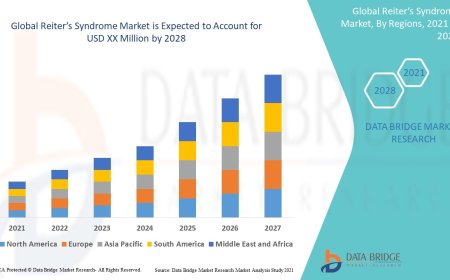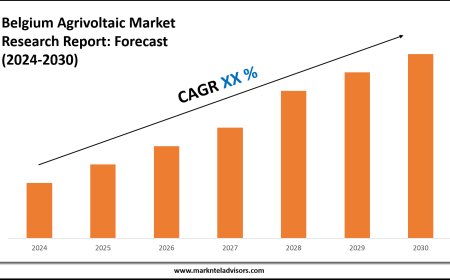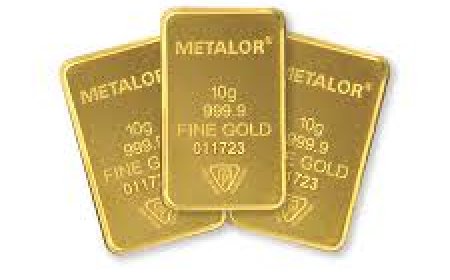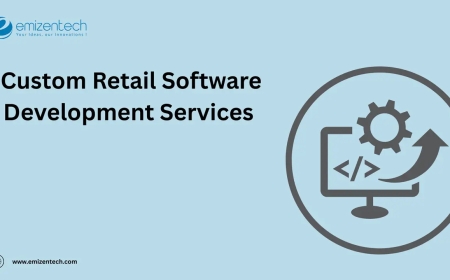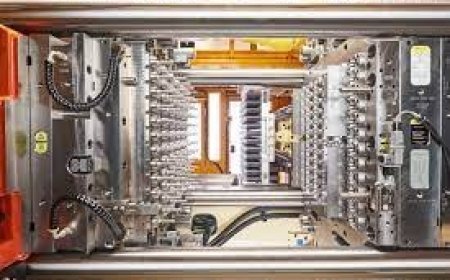Setting up a Potato Starch Manufacturing Plant: Detailed Report and Cost Breakdown
Potato starch refers to refined starch derived from the cells of fresh potatoes through a process of extraction, separation, and drying.

Introduction
Potato starch refers to refined starch derived from the cells of fresh potatoes through a process of extraction, separation, and drying. It appears as a fine, white powder with a neutral taste, high binding capacity, and excellent water-holding and thickening properties. Due to its high viscosity and clarity when cooked, potato starch is widely used as a thickener, stabilizer, and texturizer in the food industry for products such as soups, sauces, noodles, and confectionery. It is also utilized in non-food sectors like pharmaceuticals, textiles, adhesives, and biodegradable plastics. Its gluten-free nature and compatibility with clean-label formulations make it suitable for specialized dietary needs and sustainable product development across multiple industries.
The market is primarily driven by the increasing demand for clean-label and gluten-free ingredients in the food and beverage industry. As consumers become more health-conscious and seek natural alternatives, potato starch serves as an ideal thickening and stabilizing agent in processed and convenience foods. Additionally, its neutral flavor, high transparency in gels, and superior binding qualities enhance its appeal in premium food formulations. The rising consumption of ready-to-eat meals and processed snacks, particularly in urban markets, further provides a boost to the use of potato starch.
Project Scope and Overview
IMARC Groups comprehensive report serves as a vital guide for anyone interested insetting up a potato starch manufacturing plantby detailing all crucial steps involved, including location analysis, plant layout, machinery selection, and resource management. The report also thoroughly examines the potato starch manufacturing business cost, offering a detailed breakdown of both capital investment and recurring operational expenses. This enables entrepreneurs and investors to make informed decisions regarding budgeting and financial planning. By covering these essential aspects, the report ensures that readers have a clear understanding of the financial and logistical requirements needed to launch and sustain a successful manufacturing business.
Manufacturing Process and Technical Workflow
This report offers detailed information related to the process flow and the unit operations involved in a potato starch manufacturing plant project. Moreover, information related to raw material requirements and mass balance has further been provided in the report with a list of necessary technical tests as well as quality assurance criteria.
Aspects Covered
- Product Overview
- Unit Operations Involved
- Mass Balance and Raw Material Requirements
- Quality Assurance Criteria
- Technical Tests
Request for a Sample Report:https://www.imarcgroup.com/potato-starch-manufacturing-plant-project-report/requestsample
Infrastructure and Setup Requirements
This section presents a comprehensive analysis of key considerations involved in establishing a potato starch manufacturing plant. It covers critical aspects such as land location, selection criteria, strategic significance of the site, environmental impact, and associated land acquisition costs. In addition, the report outlines the proposed plant layout along with the primary factors influencing its design. Furthermore, it provides detailed insights into various operational requirements and expenditures, including those related to packaging, utilities, machinery, transportation, raw materials, and human resources.
- Land, Location and Site Development
- Plant Layout
- Machinery Requirements and Costs
- Raw Material Requirements and Costs
- Packaging Requirements and Costs
- Transportation Requirements and Costs
- Utility Requirements and Costs
- Human Resource Requirements and Costs
Financial Projections and Economic Viability
This section provides a comprehensive economic analysis for establishing a potato starch manufacturing plant. It encompasses a detailed evaluation of capital expenditure (CapEx), operating expenditure (OpEx), taxation, and depreciation. Additionally, the report includes profitability analysis, payback period estimation, net present value (NPV), projected income statements, liquidity assessment, and in-depth examinations of financial uncertainty and sensitivity parameters.
- Capital Investments
- Operating Costs
- Expenditure Projections
- Revenue Projections
- Taxation and Depreciation
- Profit Projections
- Financial Analysis
Browse the Full Report with the Table of Contents:https://www.imarcgroup.com/potato-starch-manufacturing-plant-project-report
Key Considerations for Plant Design and Operations:
Production Capacity:
The selection of machinery and the design of the plant layout should be aligned with the intended scale of production, which may vary from small-scale operations to large industrial facilities. This alignment ensures optimal utilization of space, resources, and production capabilities.
Automation Levels:
The degree of automation should be adjusted based on factors such as labor availability, budget constraints, and the level of technical expertise. Options may range from semi-automated systems to fully automated solutions, allowing for flexibility in capital investment and operational efficiency.
Location Adaptation:
Plant location should be strategically selected to align with local market demand, ensure proximity to raw material sources, leverage available labor, and comply with regional regulatory requirements. These factors collectively contribute to improved operational efficiency and cost optimization.
Product Flexibility:
The plant should be equipped with processes and machinery capable of accommodating a variety of product specifications. This flexibility enables manufacturers to respond to diverse and evolving market demands effectively.
Sustainability Features:
Incorporating sustainable practices is essential. This includes the integration of renewable energy sources, implementation of efficient waste management systems, and use of energy-efficient machinery to meet environmental standards and long-term sustainability objectives.
Raw Material Sourcing:
The supply chain strategy should be customized to ensure reliable and cost-effective sourcing of raw materials. This approach should consider client-specific requirements and regional supply dynamics to maintain consistent production and manage input costs.
About Us:
IMARC Group is a leading global market research and management consulting firm. We specialize in helping organizations identify opportunities, mitigate risks, and create impactful business strategies.
Our expertise includes:
- Market Entry and Expansion Strategy
- Feasibility Studies and Business Planning
- Company Incorporation and Factory Setup Support
- Regulatory and Licensing Navigation
- Competitive Analysis and Benchmarking
- Procurement and Supply Chain Research
- Branding, Marketing, and Sales Strategy
Contact Us:
IMARC Group
134 N 4th St. Brooklyn, NY 11249, USA
Email:sales@imarcgroup.com
Tel No:(D) +91 120 433 0800
United States: +1-631-791-1145











